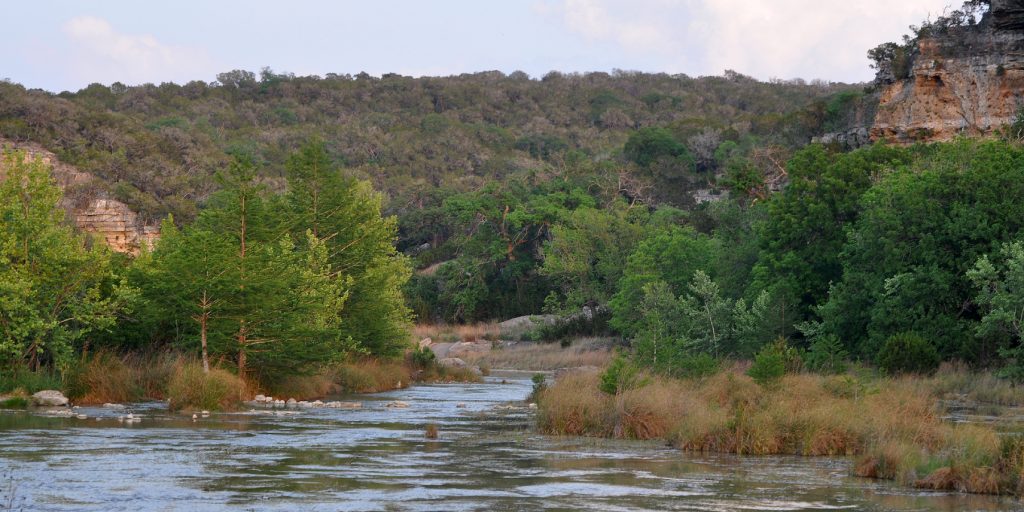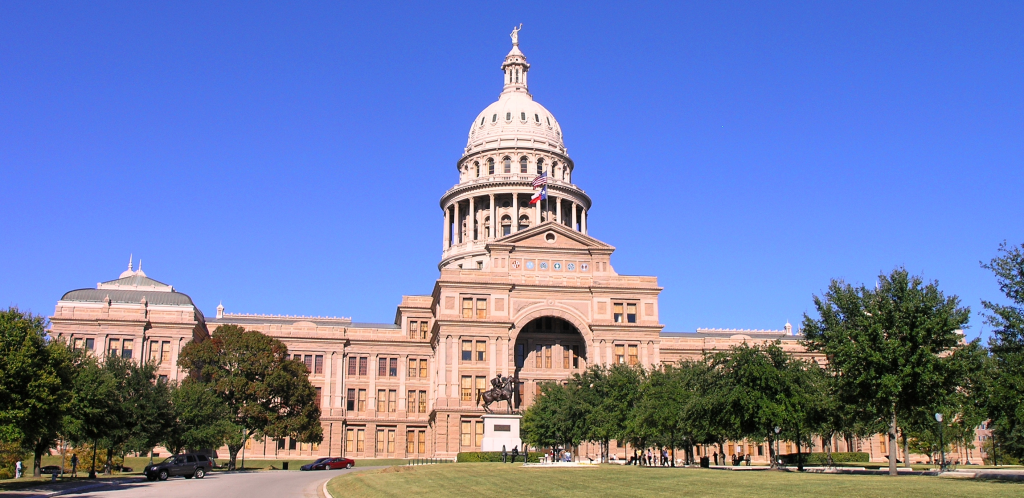
The words from one grieving father still echo in the Texas Capitol “Her death was preventable.” The families have turned their grief into a legal and legislative push for accountability against a camp they say put profit over safety and ignored clear flood risks after the July 4 flood that claimed 27 lives at Camp Mystic – 25 young girls and two teenage counselors.

1. Claims of Profits Over Safety
At least two lawsuits filed in Travis County – accused Camp Mystic and its owners, the Eastland family, of knowingly housing children in cabins along the Guadalupe River that were prone to flooding as a way to avoid relocation costs. Plaintiffs say the camp failed to comply with state rules requiring an evacuation plan and instead had a “never evacuate” policy. As one suit puts it “These young girls died because a for-profit camp put profit over safety.” Lawyers said that even as floodwaters approached, staff were instructed to move equipment rather than take children out of the most vulnerable cabins.

2. Past Warnings and Risk History
The lawsuits outline a history of flooding at the camp, including repeated riverfront structure damage. Families say warnings by the National Weather Service and even worried relatives were ignored. Some petitions even claim the camp pursued FEMA approval to remove buildings from official floodplain maps in 2013, 2019 and 2020 – moves attorneys say were meant to lower insurance costs and obscure safety risks from parents.

3. The Night of the Disaster
Heavy rain early on July 4 turned the Guadalupe River from 14 feet to nearly 30 feet in less than an hour. Lawsuits are filed based on claims that while some cabins were relocated to a recreation hall, several others including the most prominent cabins, Bubble Inn and Twins, were not moved. All but one of the so-called “Heaven’s 27” victims were in those two cabins. Survivors recall chaos as water swept through with some clinging to trees until morning.

4. Camp’s Response and Defense
An attorney for Camp Mystic, Jeff Ray, has denied much of the allegations, claiming the flood “far exceeded any previous flood in the area by several magnitudes” and was “unexpected.” Attorneys on behalf of the camp have also said it would have been much more dangerous to move the children into raging waters instead of sheltering in place. High-profile attorney Mikal Watts, who is helping defend the camp, insists the tragedy wasn’t the fault of the camp.

5. Legislation to make camps a safer place
Emotional testimony from parents pushed swift legislative change. Texas lawmakers approved new regulations that ban cabins in floodplains, require camps to install emergency warning systems and mandate evacuation routes and drills. Camps must now monitor National Weather Service alerts and keep weather radios that automatically sound alarms. The state also will review counselor-to-camper ratios and require ladders on floodplain cabins for roof escape.

6. Wider Reform and Industry Support
The American Camp Association, which has pressed for site-specific emergency action plans, redundant communication systems and robust staff training, hailed the Texas safety reforms. “The lifelong benefits of camp are built upon a foundation of health and safety,” ACA Board Chair Steve Baskin said in a released statement, promising ongoing cooperation with lawmakers and camp professionals across the nation.

7. Coping With Loss in the Aftermath
The psychological effects on families and communities are incredibly deep. Experts say children may even exhibit signs of nightmares, withdrawal, or regression after disasters. Caregivers should offer a routine for children, space to grieve, and limit their exposure to dismal news reports. A confidential and free Disaster Distress Helpline is available 24/7, and pediatricians may refer families to bereavement resources and coping tips.

8. Rebuilding Trust in Youth Programs
Disasters at youth camps-like the one at Camp Mystic-often outrage the public because such incidents have violated trust between parents and program operators so profoundly. Changes are touted not just to avoid another Camp Mystic-like tragedy, but to reassure families that their children’s well-being will always come first.

Families fight on for answers, accountability, and cultural change in how camps in high-risk areas are run. “Now we fight united for the safety and lives of millions of children that will attend camps in the future,” one parent told lawmakers. “And the future is right now.”


